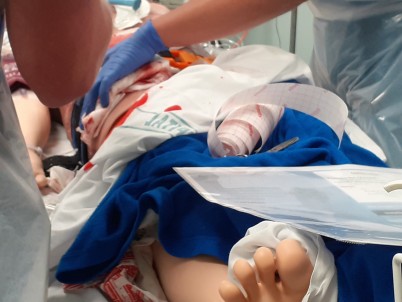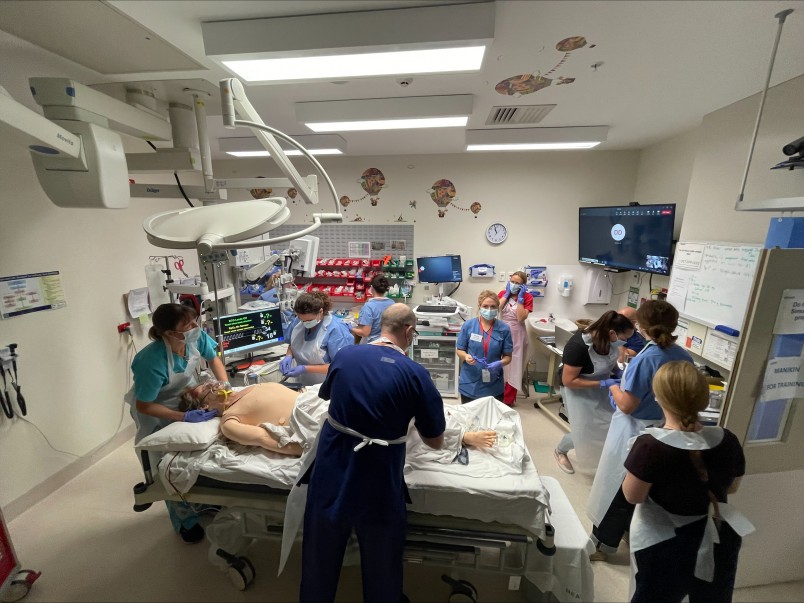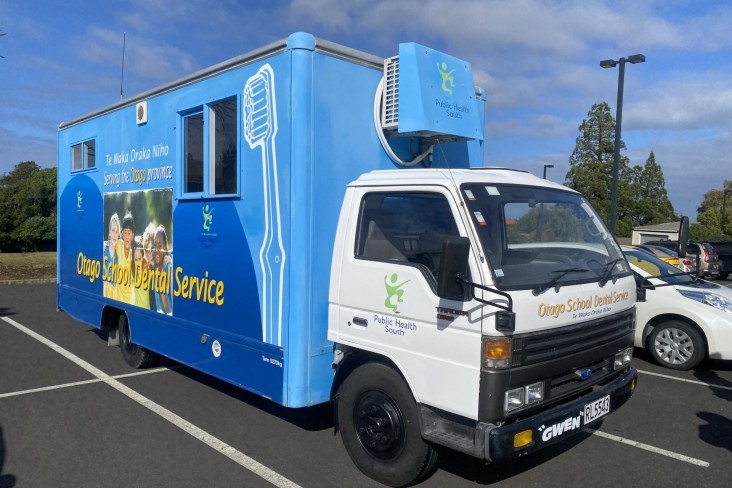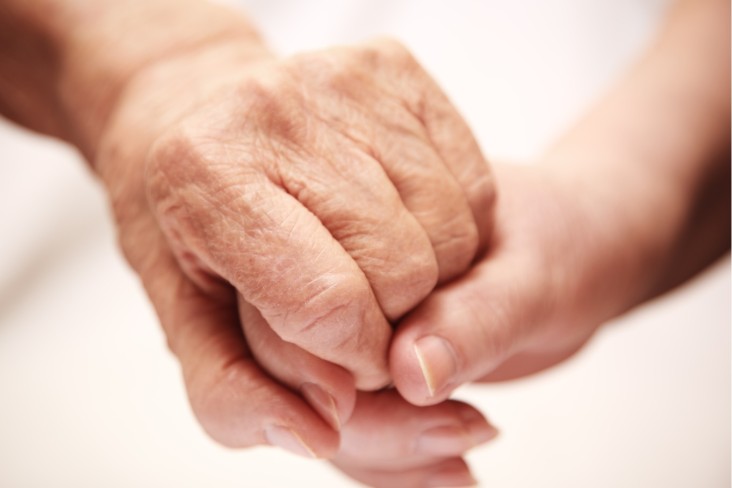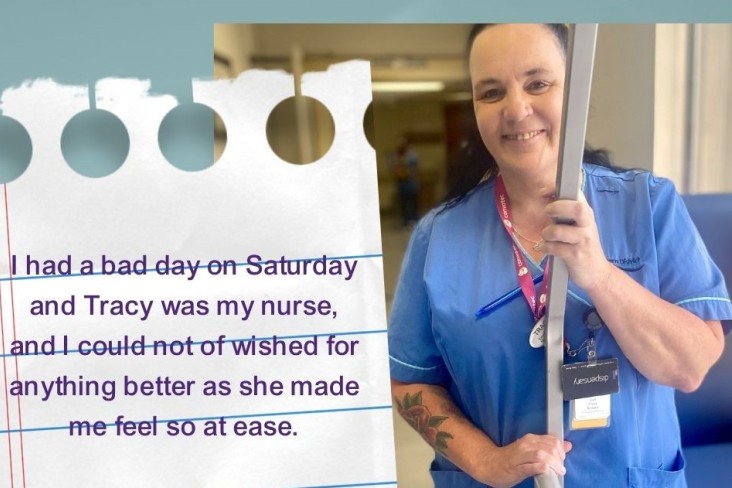A national trauma Simulation Education exercise has been recently held at the Lakes District Hospital for the first time.
The exercise was part of NetworkZ’s national trauma programme that it is rolling out nationwide.
Clinical Nurse Specialist/Resuscitation/Nurse Educator Paul Winder, who together with a team, runs the Simulation Education programmes at Southland Hospital, assisted in Queenstown with the technical set up and running the exercises.
Rehearsing clinical emergencies helps health professionals to practice clinical procedures, build effective communication and test processes.
Simulation-based Education is a key component of ongoing clinical education for all healthcare workers and upcoming healthcare professional students.
Paul, along with Dr Dave Dixon and nurse educators Jess Dixon and Ciara Corrigan, at a local level have run simulation training at the hospital before but this was the first time the Queenstown staff had linked in with the national trauma programme.
About 18 staff were involved with eight health professionals in each trauma scenario. Four NetworkZ faculty members came from Auckland to run the training in late March and early April.
Two different trauma scenarios were used. The first was a cyclist who had been hit by a truck sustaining significant injury leading to blood loss, while the second was a farmer who had crashed his quad bike and sustained leg and head injuries.
The teams involved included a mixture of junior and senior nursing staff, ED consultants and registrars, paramedics, and radiology staff.
All simulation education training involves two critical parts.
The practical where a team works through the treatment and assessment of a patient, and then the debrief, which is where the main learning occurs as the team reflects on what happened, and why and how the team functioned.
It is also an opportunity to explore what went well and what a team might do differently next time.
Trauma is multifactorial so part of the initial assessment was for the health professionals to find out what injuries had been sustained and how life threatening they were.
“The type of accident is important to determine what things are probably or likely, but the trick is not to overlook other less obvious things that may be equally important,” Paul says.
“Part of trauma management is to be systematic and to prioritise initially what is life threatening. This could be bleeding, loss of an airway, compromised breathing, haemodynamic instability, or neurological deterioration. Often it will be a combination of these things.”
Dr Dixon says the exercise was an excellent opportunity to practise with hi-fidelity trauma manikins with the specific resources they have at the hospital for high-risk trauma cases.
It also improved teamwork and communication, he says.
An added benefit was improving orientation of new staff at the hospital as they learned from their more experienced colleagues.
Paul said credit must be given to the Lakes staff for engaging so well in the simulation exercise.
“Both cases were challenging and required a coordinated team approach. The Lakes staff are used to working as a smaller team than would be unusual in a bigger centre. They also have less immediate back-up and need to factor in when would be best to transfer the patient to a tertiary centre.
“In both cases the teams showed clear leadership and delegation of roles. There was also great use of closed loop communication, which is so important in a busy space with lots of activity.”
It was also excellent to involve the St John Paramedics who brought in and handed over the mock patients as well as the radiology staff, he added.
Paul also thanked the NetworkZ team and programme leaders for seeing the value in extending the training opportunities to more rural centres in the country.
